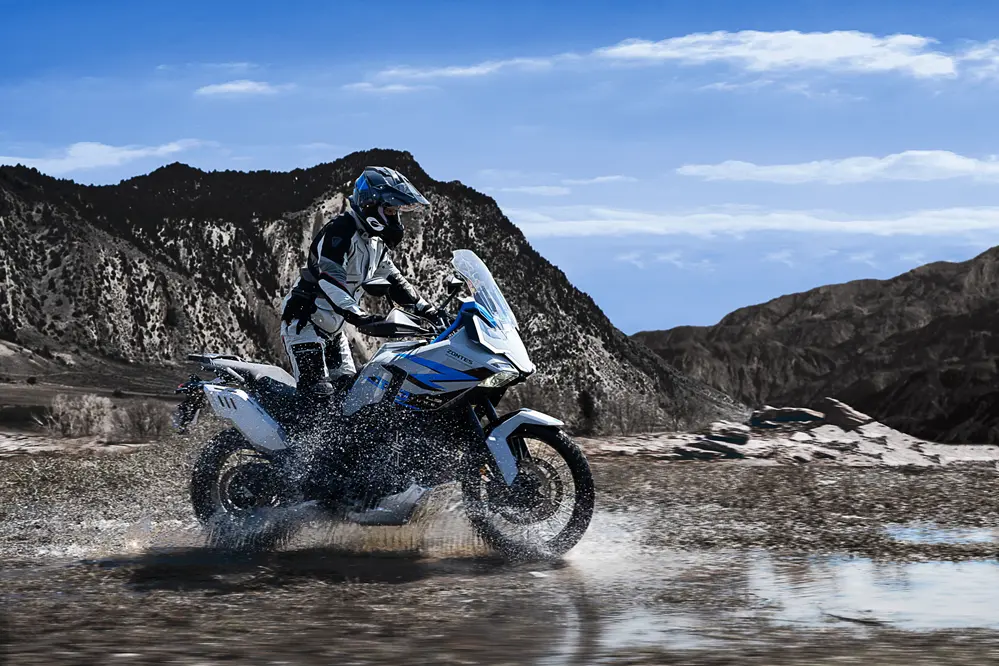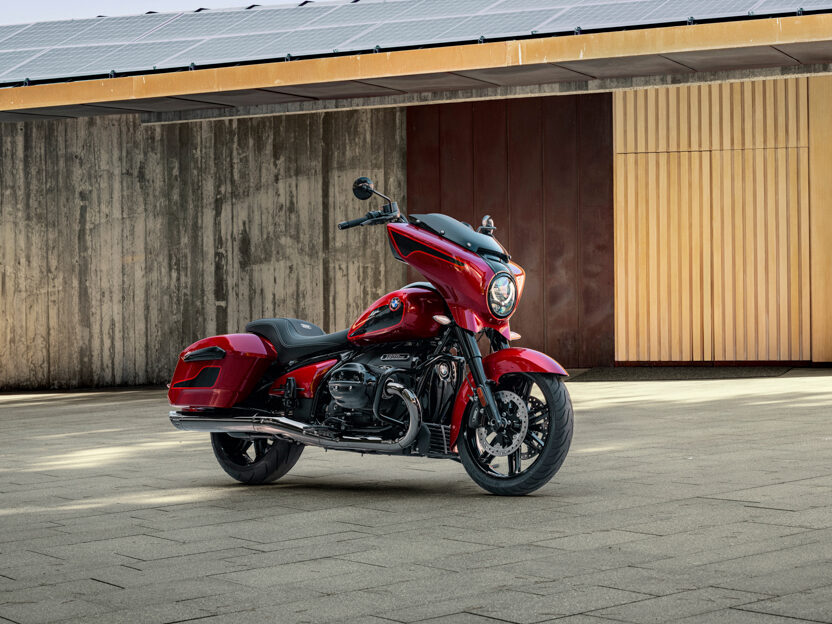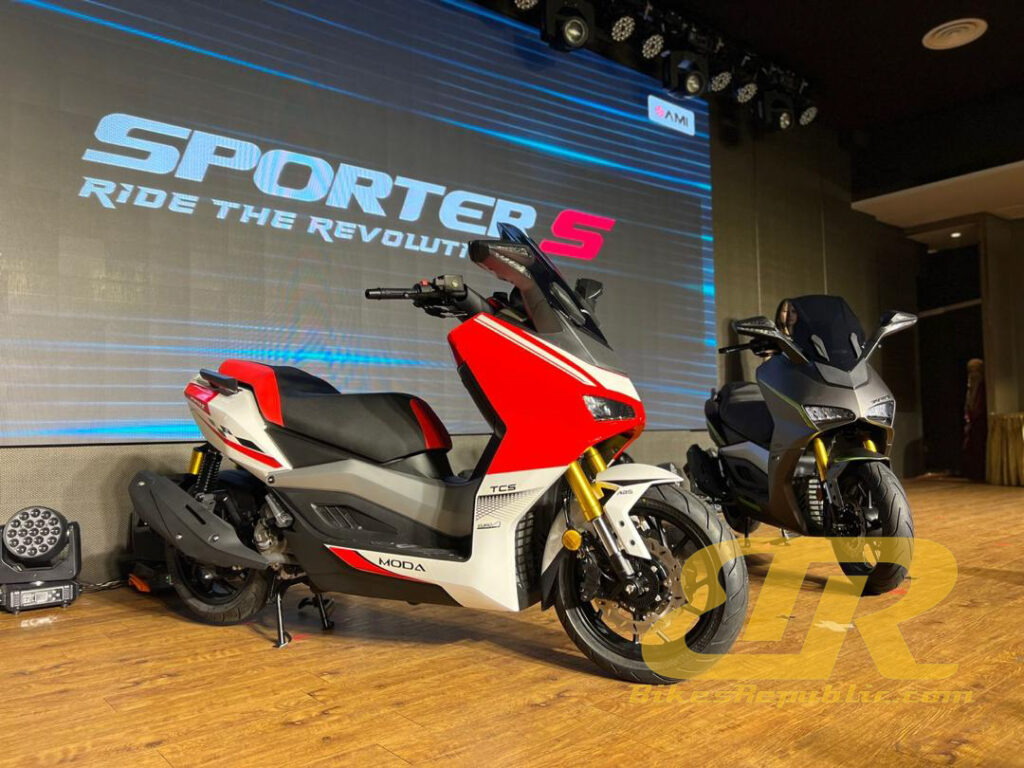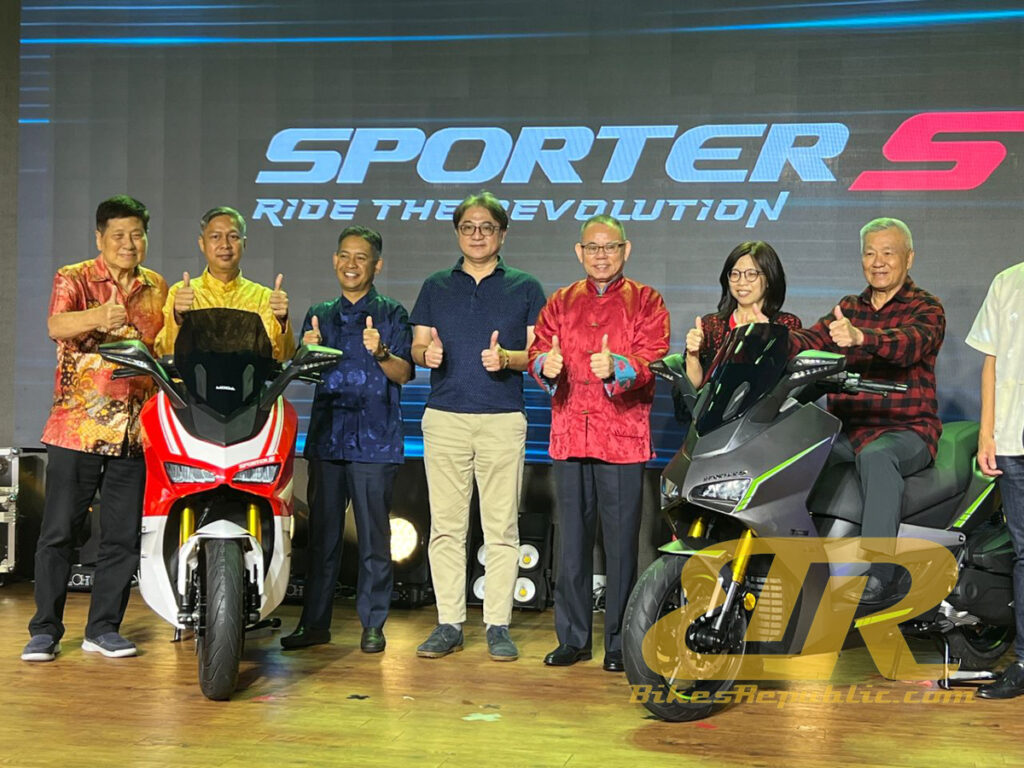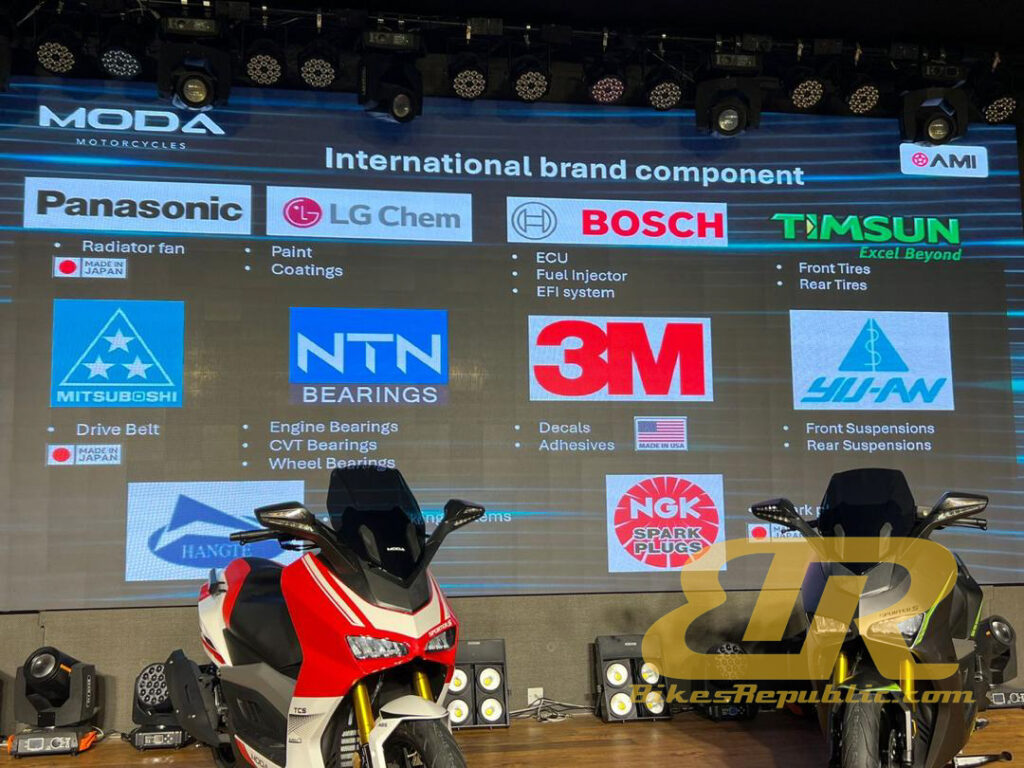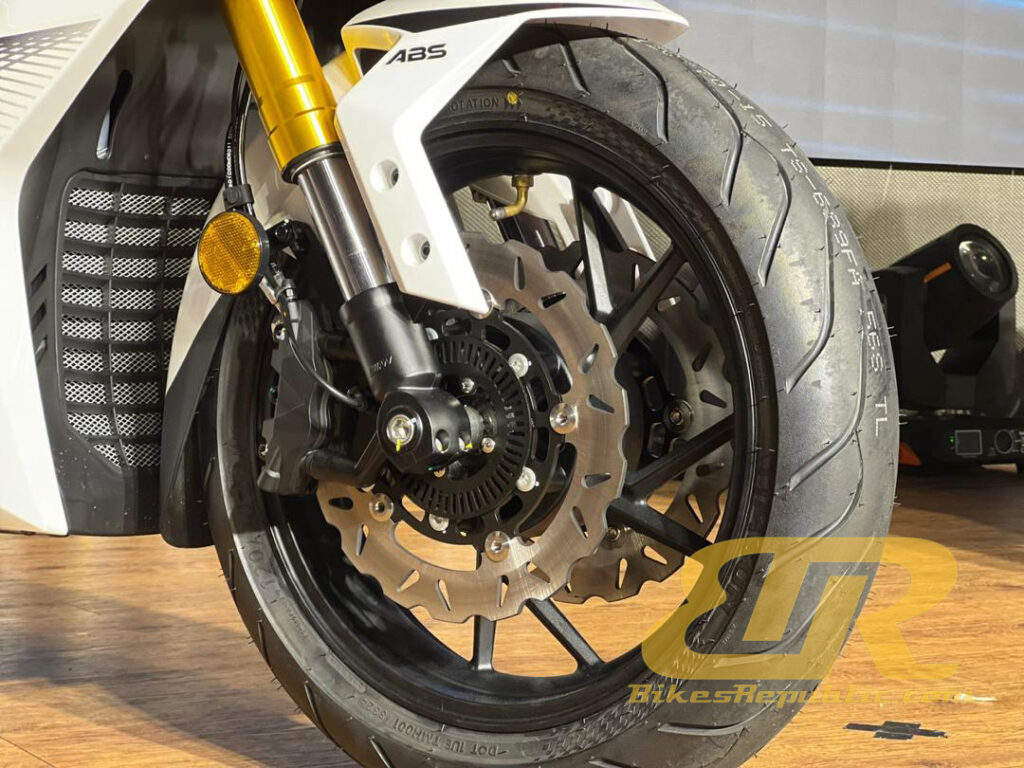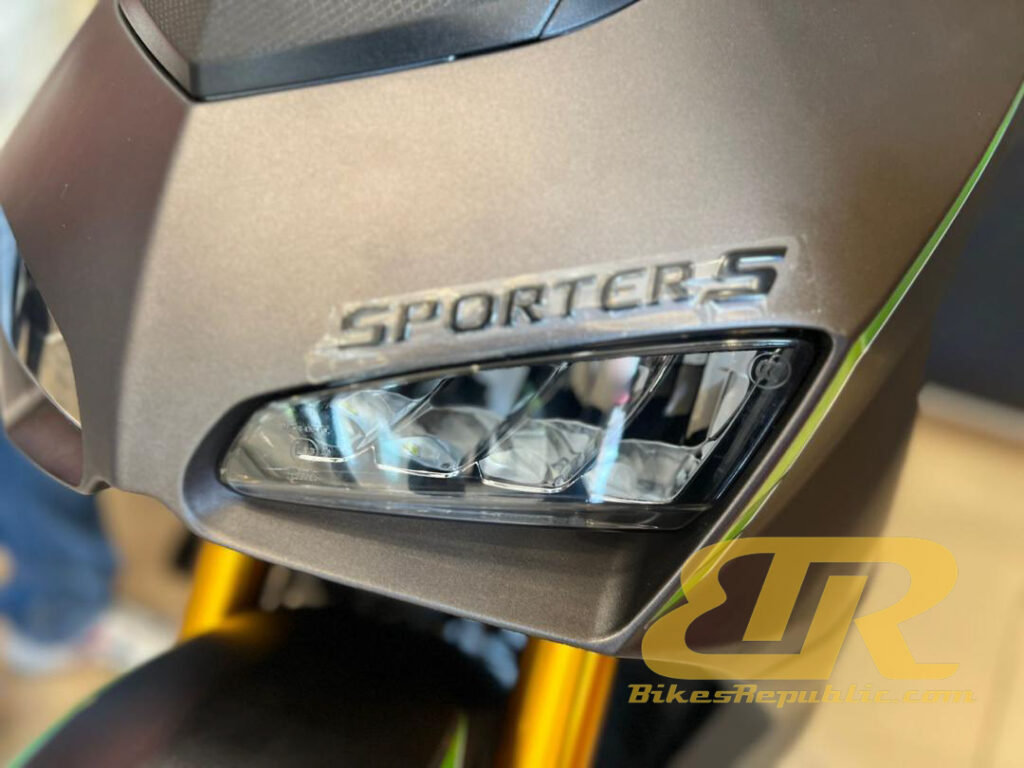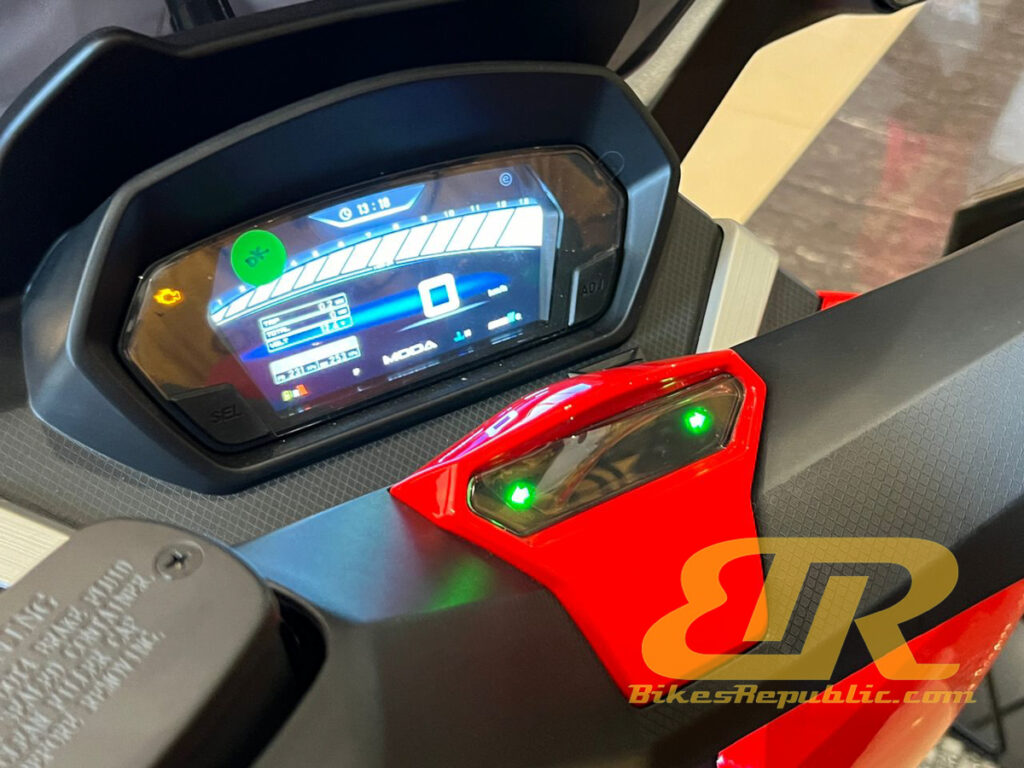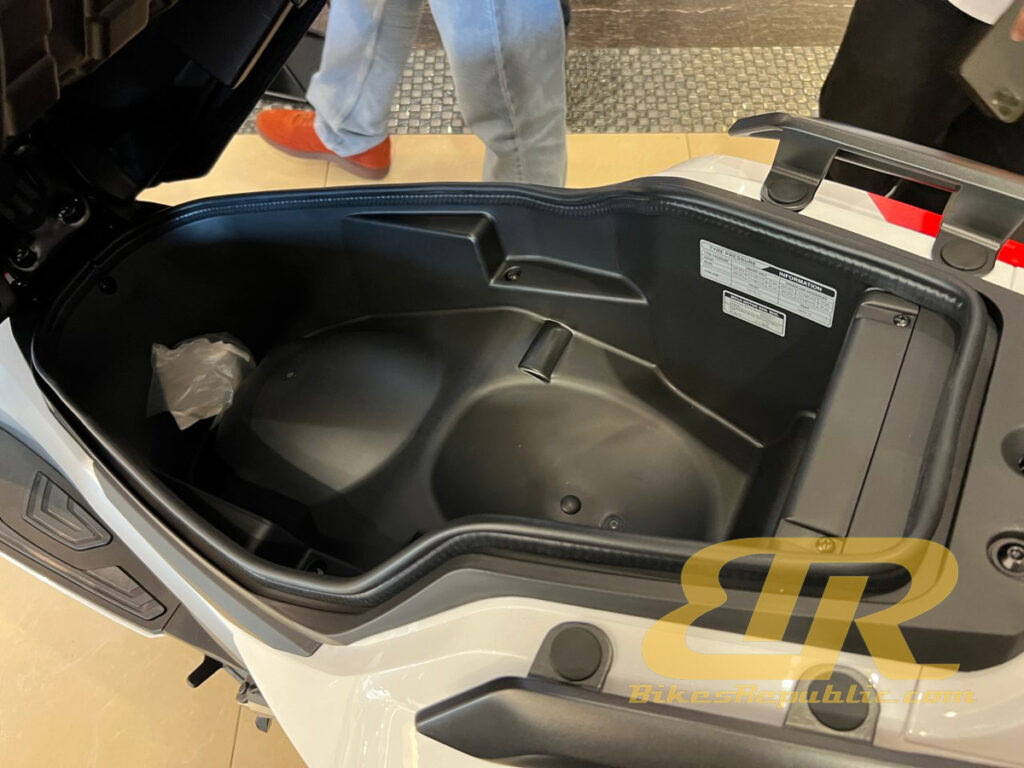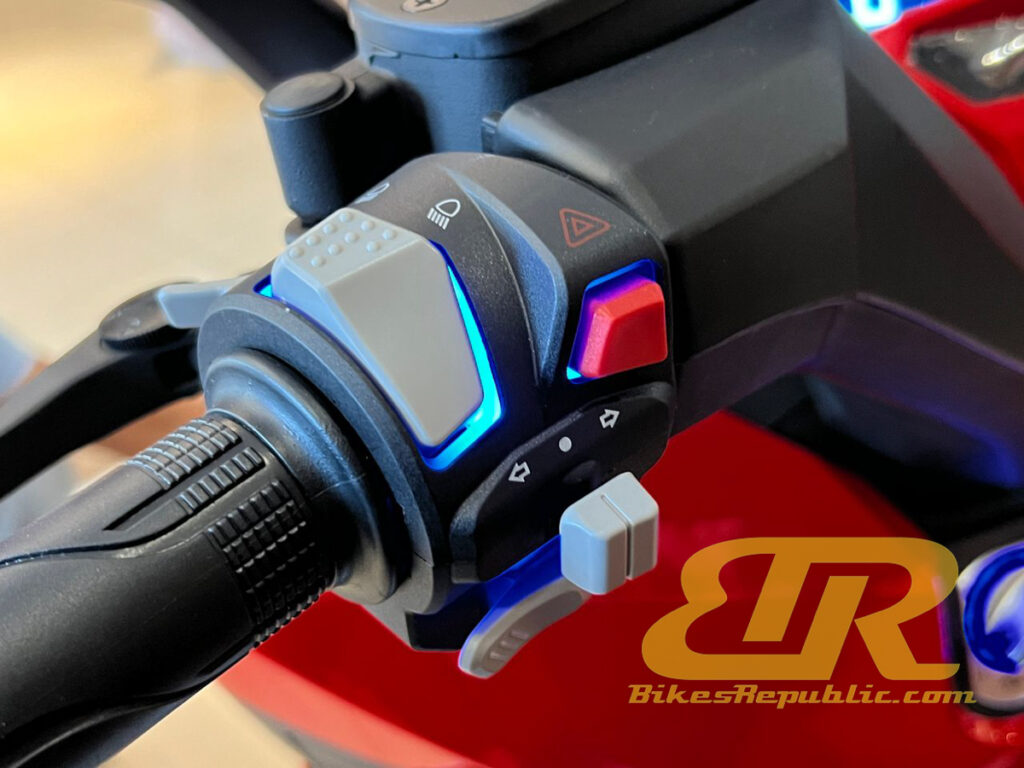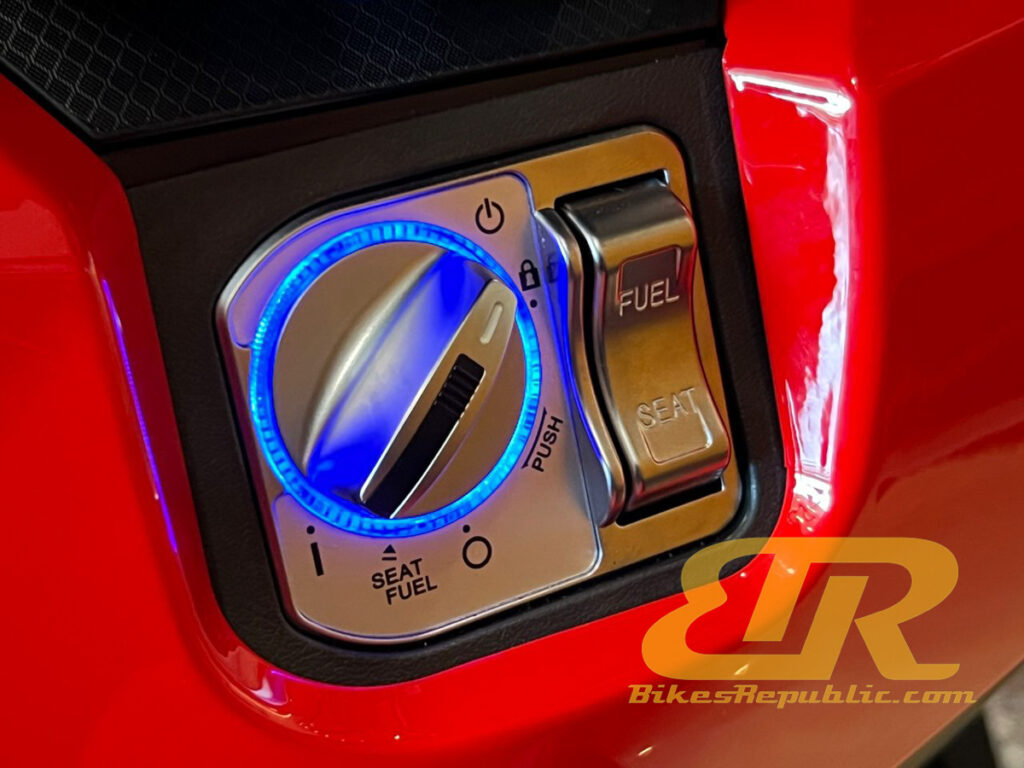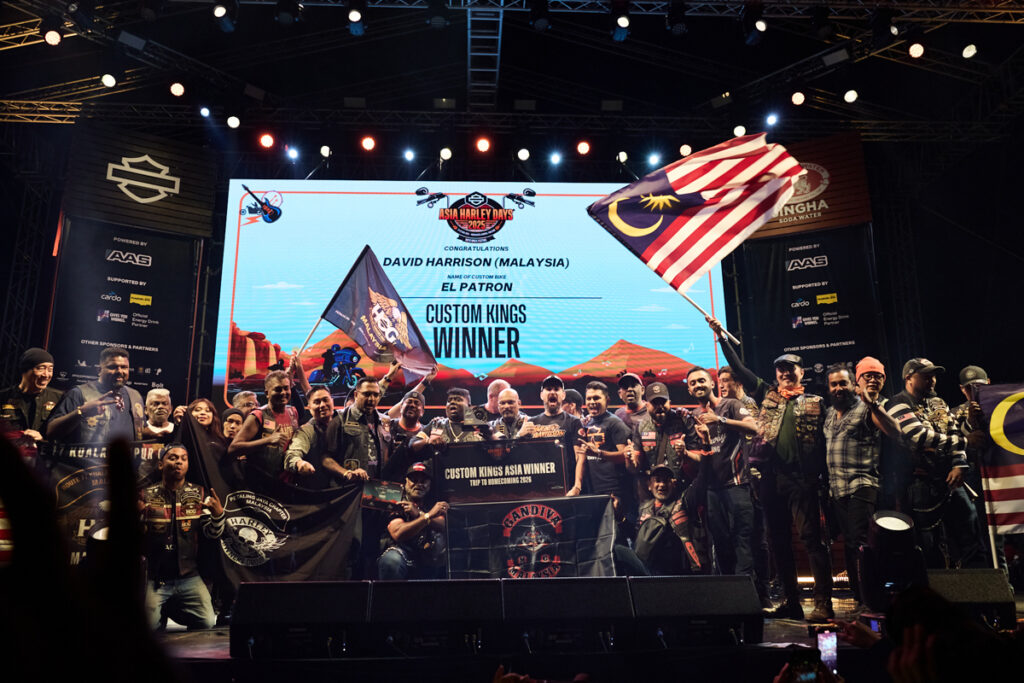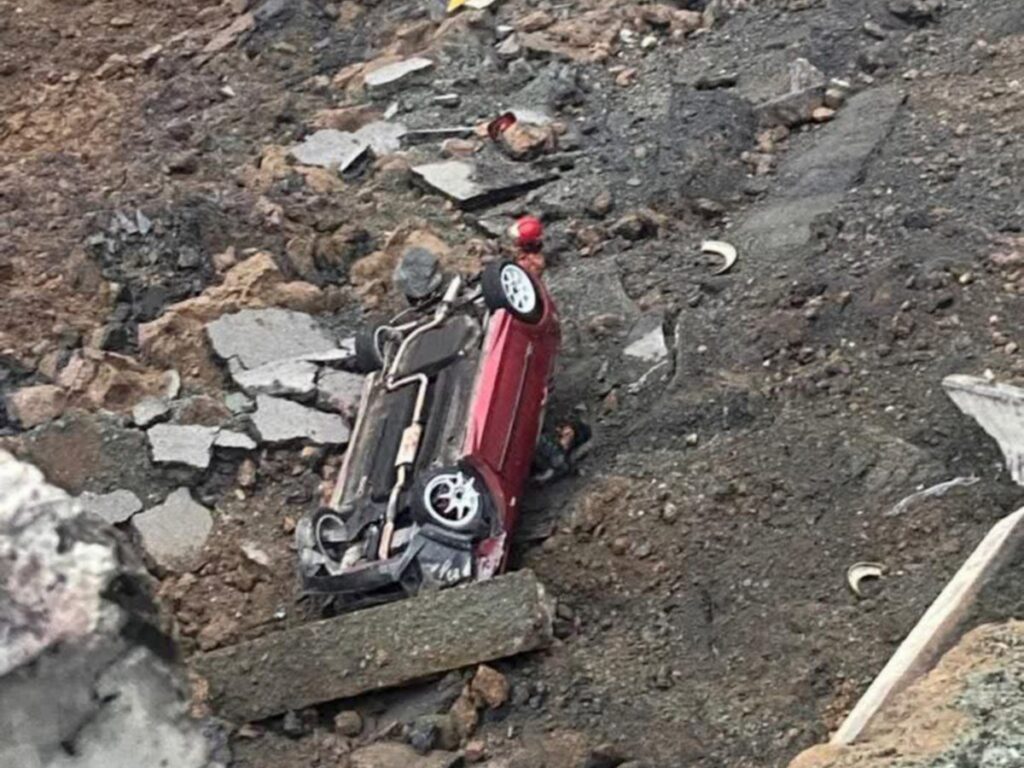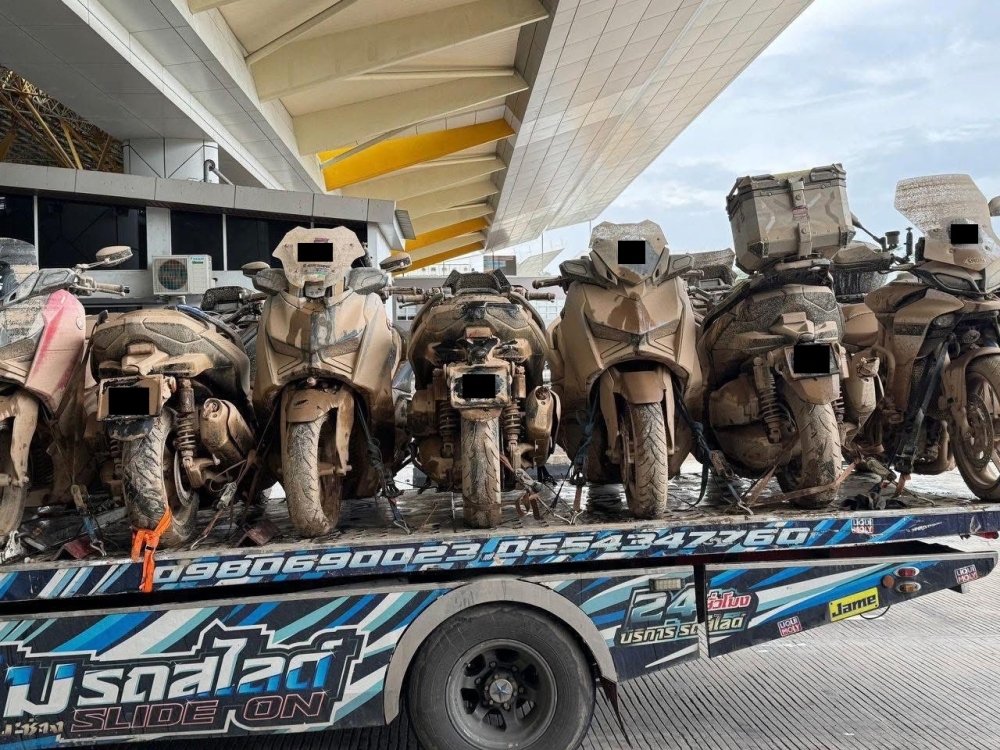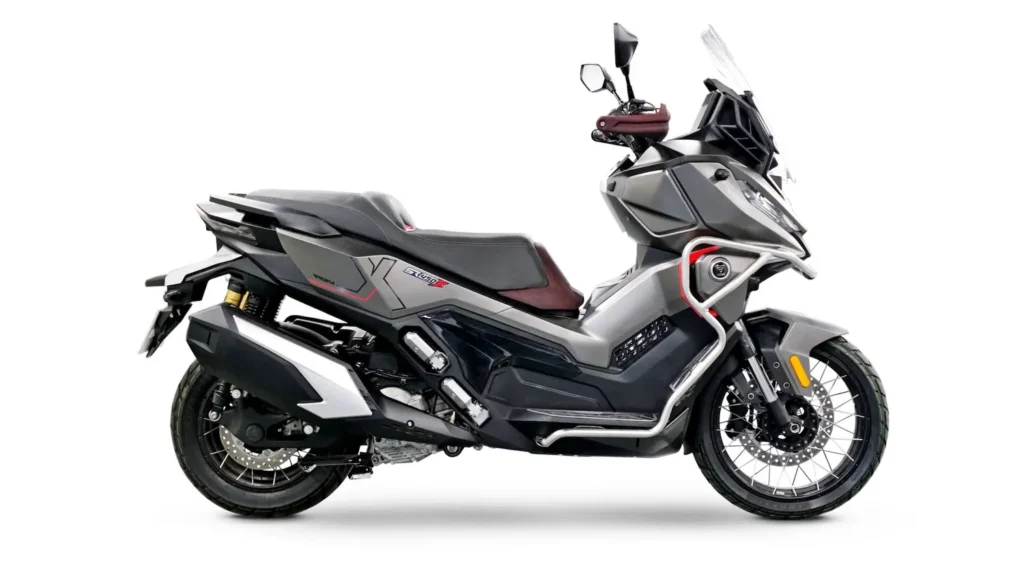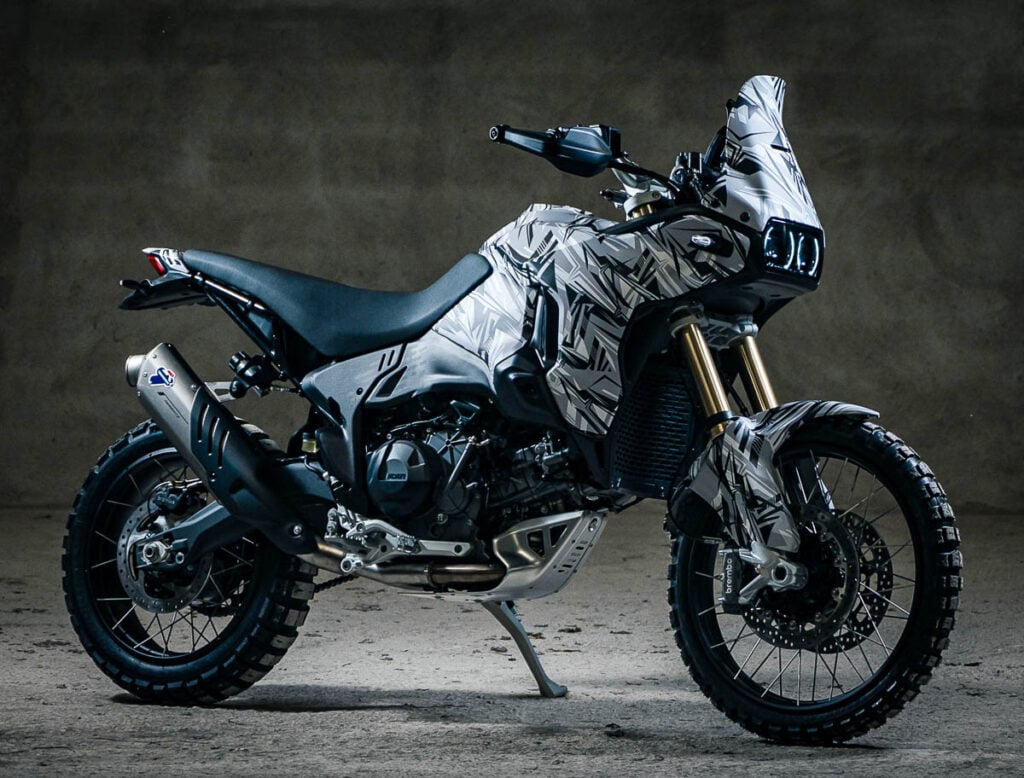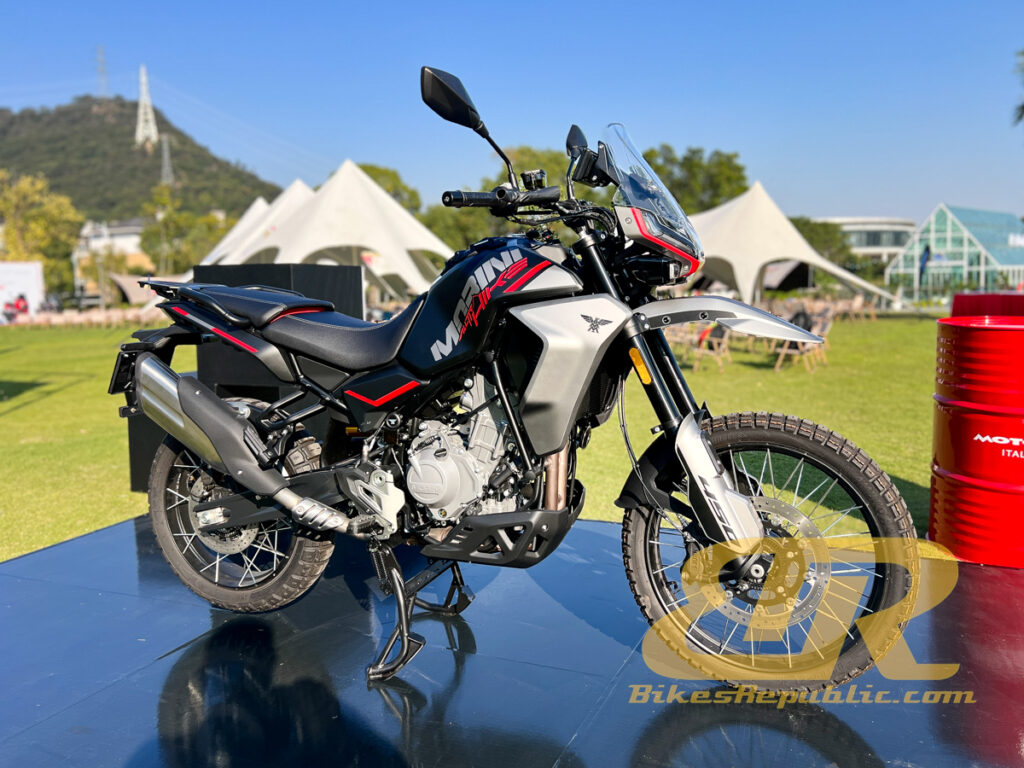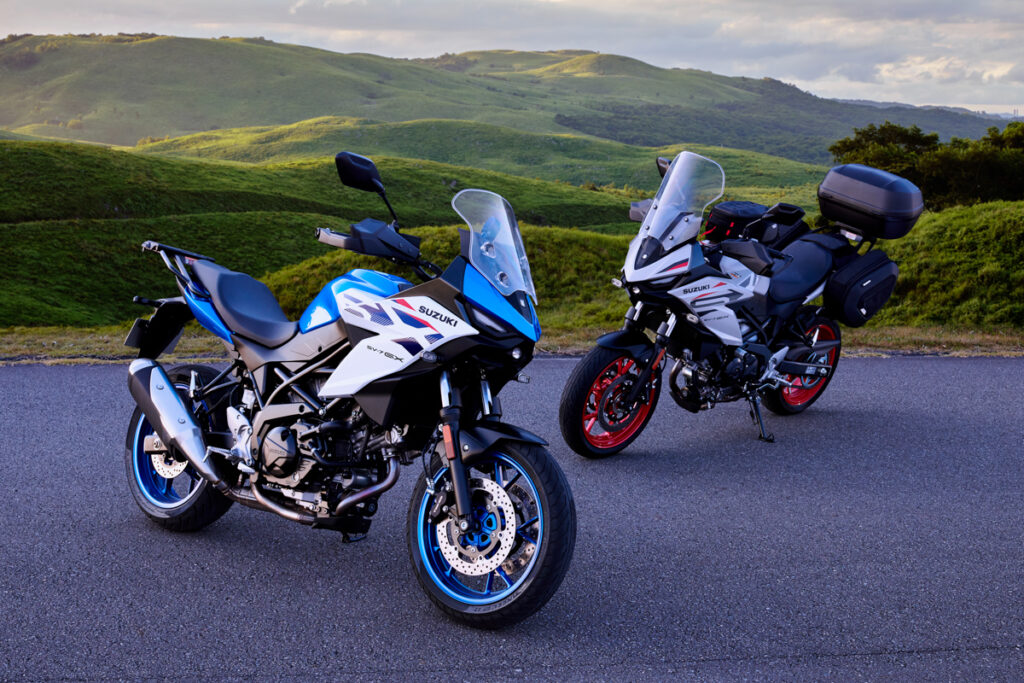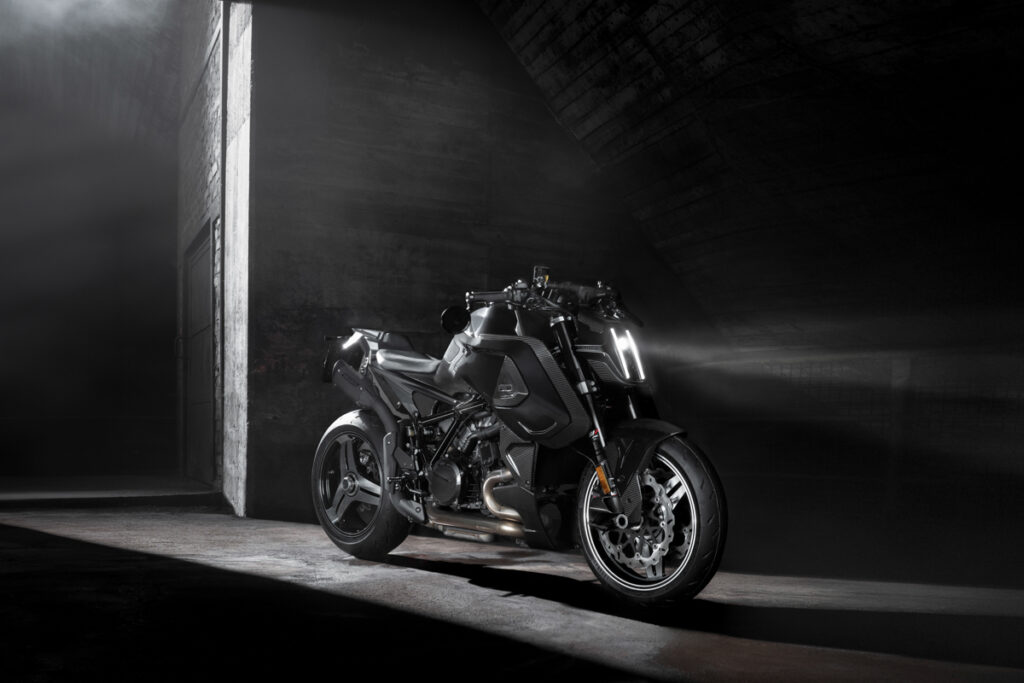BMW announced the revamped 2025 BMW R 18, including styling updates to the R 18 and R 18 Classic, and fresh paint for the R 18 B, R 18 Transcontinental, and R 18 Roctane.
The 1802cc air/oil-cooled Boxer is shared across the board without different tuning corresponding to different models. It has received a 5.4Nm bump in torque, taking the total to 163Nm at 3,000 RPM. 149Nm is already available between 2,000 to 4,000 RPM. Maximum horsepower remains at 90hp at 4,750 RPM. The engine is now Euro 5+ compliant.
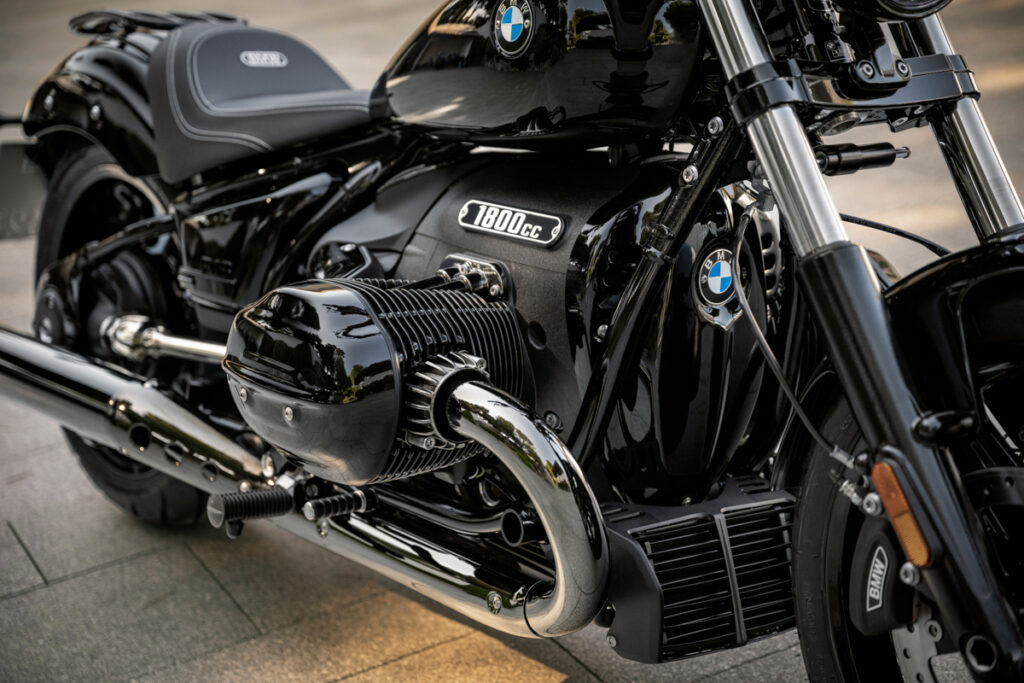
2025 BMW R 18
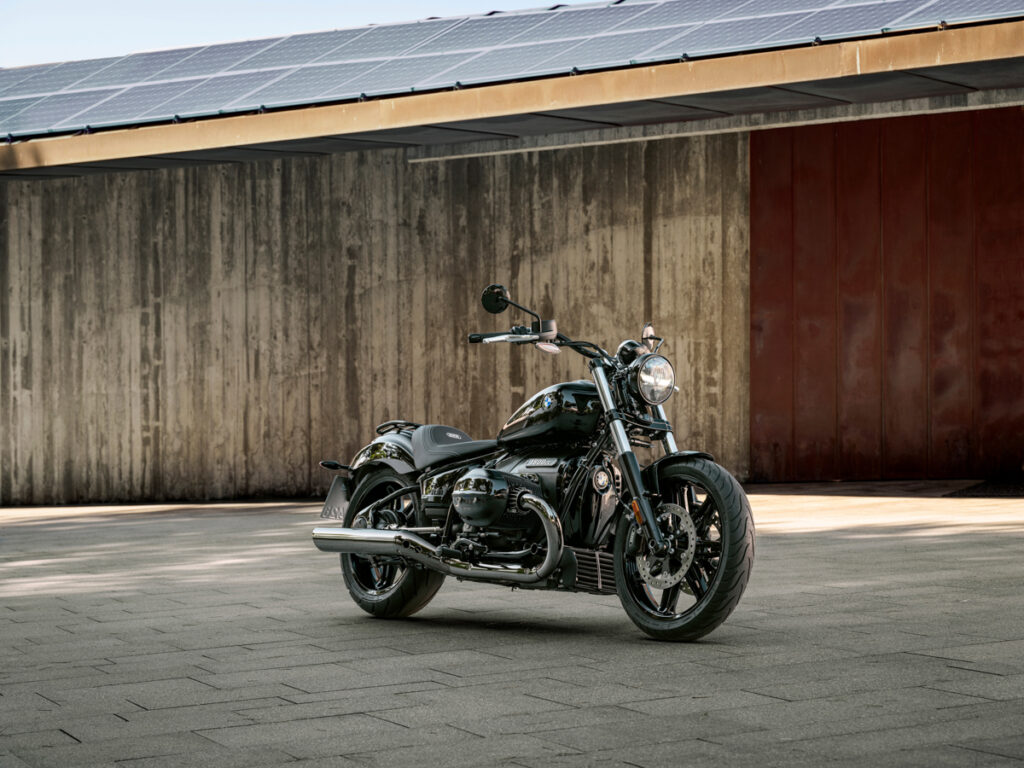
The base R 18 receives the most substantial changes. The most significant update is an 18-inch rear wheel replacing the previous 16-inch as the standard option. You can still get a 16-inch rear, but only as part of the Option 719 Olivine package. The front wheel remains at 19 inches.
The rear suspension receives new spring and damping rates tuned for the 18-inch rear wheel and new 180/55B18 tire. The front suspension is mechanically unchanged, though the R 18 loses the fork covers.
The fishtail exhausts from the previous model are gone, replaced with cylindrical exhausts to match the rest of the lineup. The side cover and front and rear fenders were likewise reshaped, getting more modern, squared-off shapes than the previous design.
BMW also redesigned the solo seat, using a thicker and softer foam and adding a new release button under the seat cover. Combined with the larger rear wheel, the seat is now 720mm from the ground, compared to the 690mm seat height found on the previous R 18.
Rounding out the updates to the standard R 18 is a new USB-C charging socket.
The 2025 BMW R 18 is available in Black Storm Metallic with a silver-colored powertrain. A blacked out engine and dark chrome exhaust is available as a styling package. More premium paint options include a two-tone Brooklyn Gray Metallic, and Mineral Gray Metallic Matte, both with dark chrome exhausts and optional black powertrain finishes. Additionally, BMW offers an Option 719 Olivine version in Velvet Green Metallic with a 16-inch rear wheel.
2025 BMW R 18 Classic
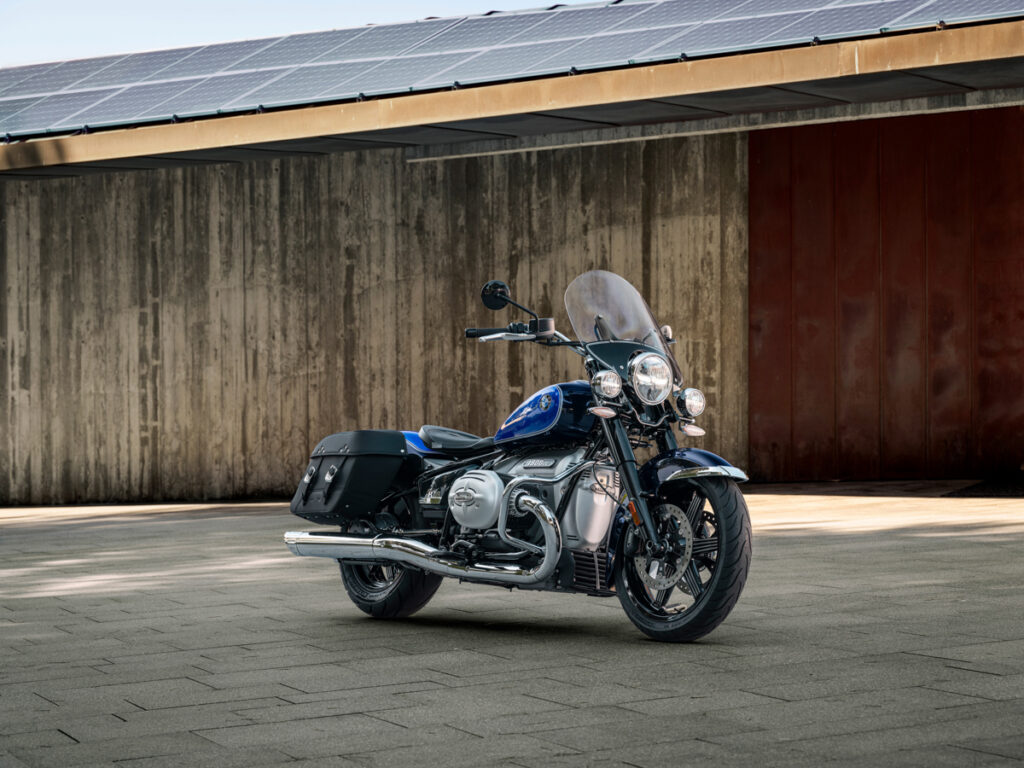
For 2025, the R 18 Classic gets a 19-inch front, 16-inch rear wheel combination, replacing the previous 16 and 16 combo. With the larger front wheel, the seat height has increased to 730mm from the previous 710mm.
The front fender is significantly larger than the previous design, giving it more of a retro look. For that same reason, the R 18 Classic retains the fork covers that are now missing from the standard model. Like the R 18, the Classic receives reshaped side covers and a USB-C charging port.
The 2025 BMW R 18 Classic is available in Black Storm Metallic with a silver-colored powertrain and chrome exhausts and wire-spoke wheels. The Classic will also be available in Mineral Gray Metallic Matte with a chrome exhaust and an optional silver-colored powertrain, or in Brooklyn Gray Metallic with blacked-out finishes, dark chrome exhausts and 18-inch rear/19-inch front cast alloy wheels. There’s also an Option 719 Blue Planet Metallic version with a number of accessories including chrome fender trim.
2025 BMW R 18 B

Apart from the updated engine and updated colors, the only change to the R 18 B (“B” for bagger) is a new FAVOURITES button on the right hand switchgear. Replacing the previous central locking system button, the FAVOURITES button allows quick access to specific functions, such as activating heated grips.
The standard colour for 2025 BMW R 18 B is Black Storm Metallic with a silver-colored powertrain and chrome exhausts. Paint options include Mineral Gray Metallic, and Two-Tone Dragonfire Red Metallic. BMW will also offer an Option 719 Black Pearl version.
2025 BMW R 18 Transcontinental
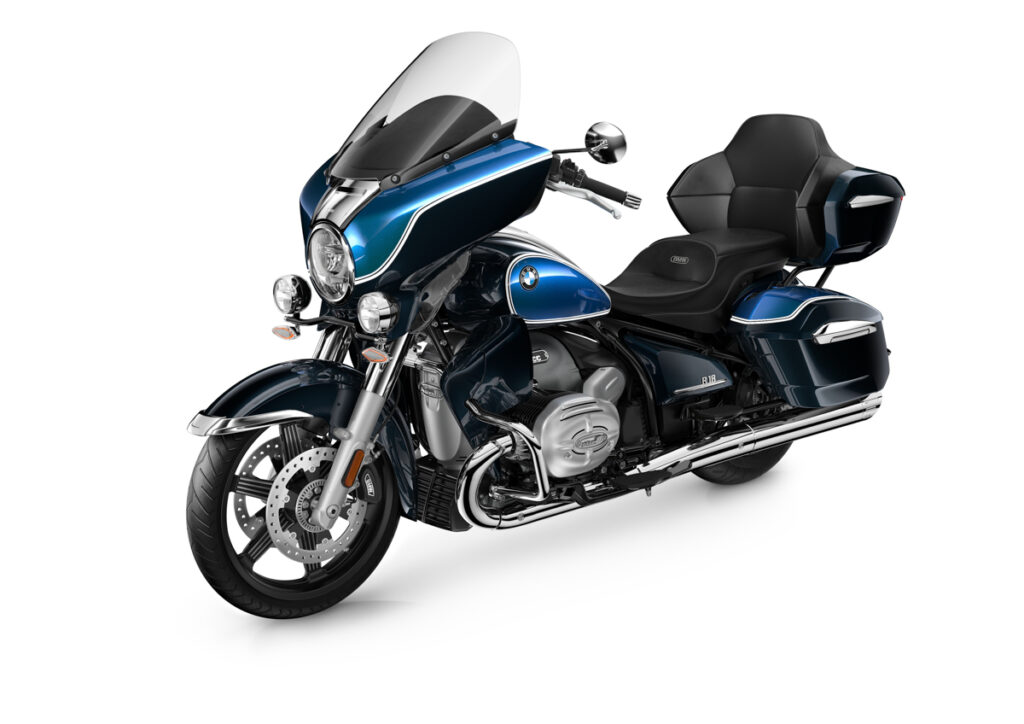
The Transcontinenal is the full-dress touring version of the bagger. and it also receives a quick-access FAVOURITES button.
The standard colour option is the same Black Storm Metallic with a silver-colored powertrain and chrome exhaust. Pictured above is the new Two-Tone Dragonfire Red Metallic which comes with a blacked-out powertrain and dark chrome pushrod tubes and airbox cover. An Option 719 Tanzanite version comes with Blue Planet Metallic/Asian Blue Metallic with a number of accessories including machined alloy wheels.
2025 BMW R 18 Roctane
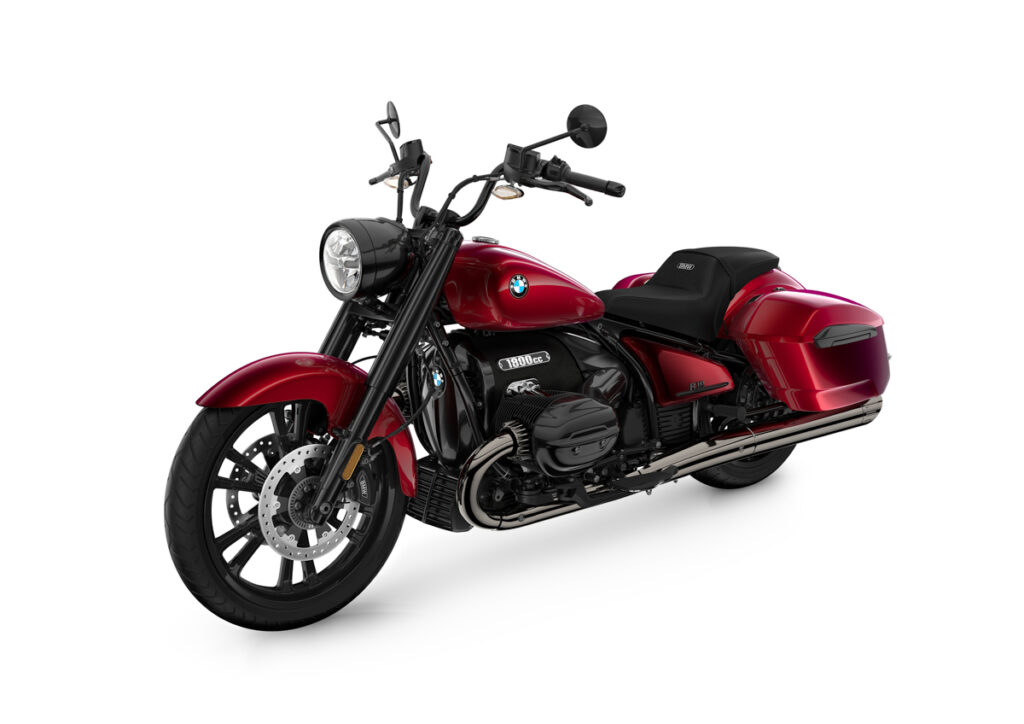
The Roctane is the most recent addition to the R 18 family, so it’s no surprise it receives the fewest of updates. Apart from new paint and the revised engine, the only change is a new optional body-colored panel to fill the gap between the side cases and rear fender.
As with the other variants, the standard colour for the 2025 BMW R 18 Roctane is Black Storm Metallic. You also have a choice of Mineral Gray Metallic Matte, or Two-Tone Dragonfire Red Metallic.



